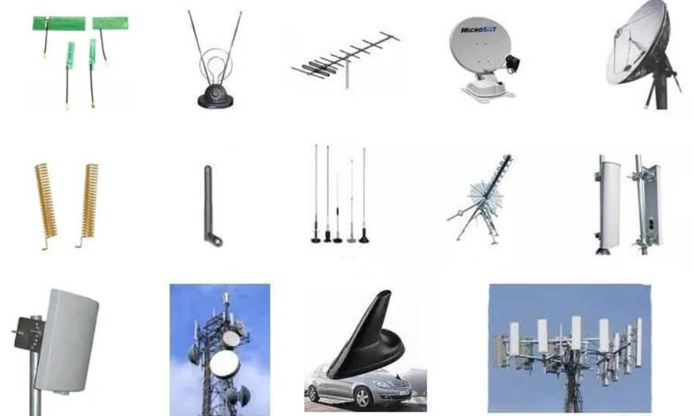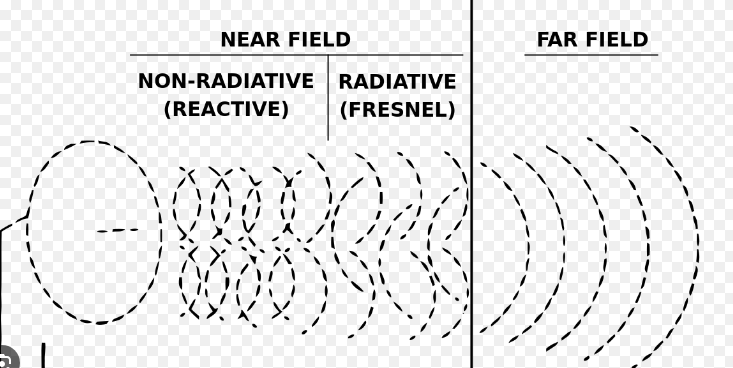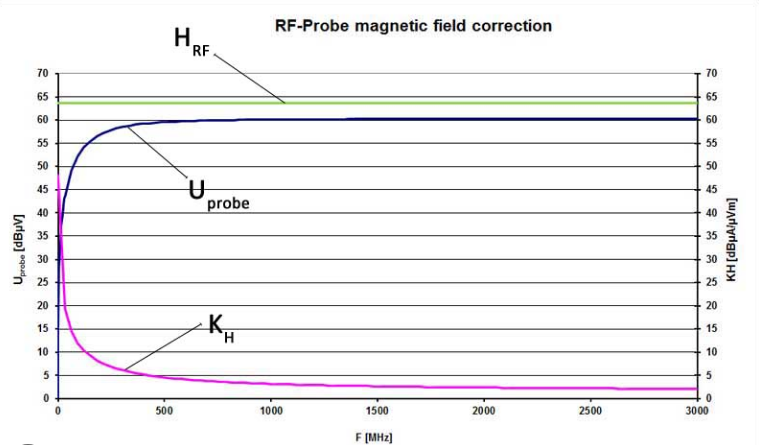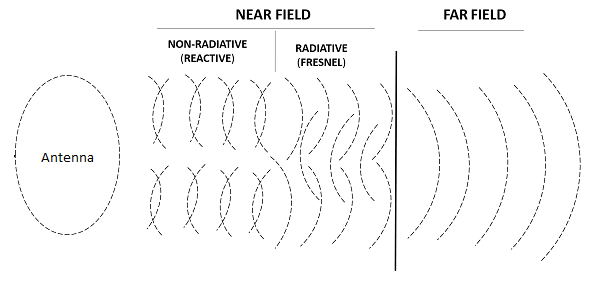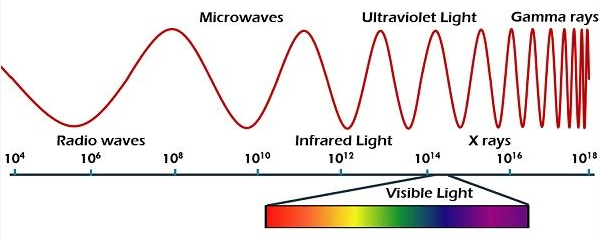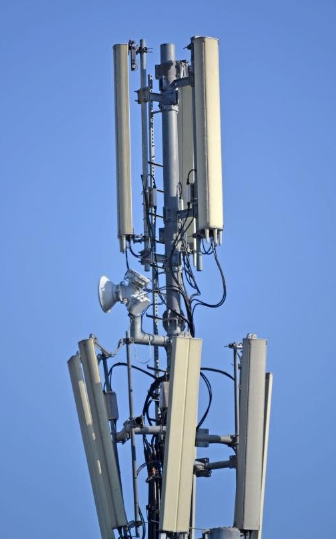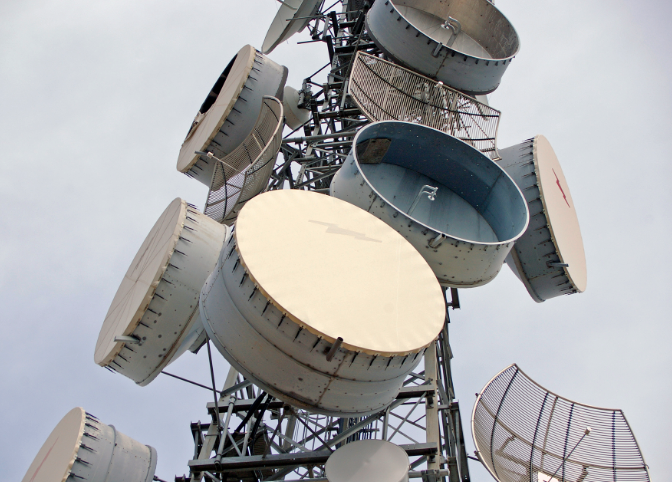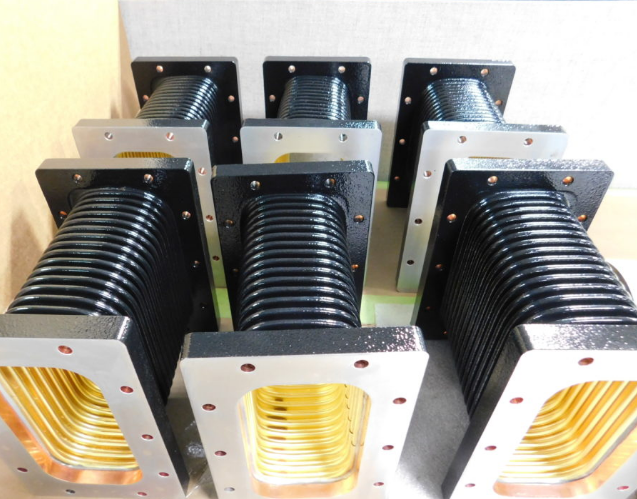5 kinds of satellite communication antennas
Satellite communication utilizes various antennas:1. Parabolic dishes focus signals over long distances; 2.horn antennas direct waves effectively; 3.phased arrays offer dynamic beam steering; 4.helical antennas support circular polarization; 5.patch antennas are compact and fit into small devices. Parabolic Dish Antennas The parabolic dish antennas are ubiquitous in satellite communications, primarily because they enable focusing a […]
5 kinds of satellite communication antennas Read More »

